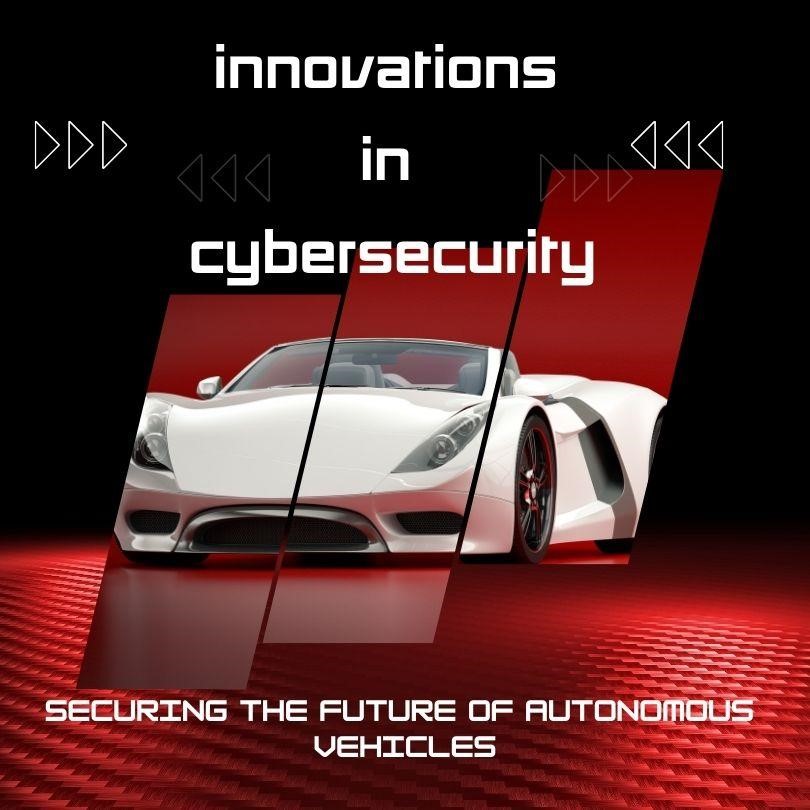Autonomous vehicles (AVs) are poised to revolutionize the future of transportation with their promise of increased safety, efficiency, and connectivity. However, as the integration of complex technologies like artificial intelligence (AI), advanced sensors, and vehicle-to-everything (V2X) communication systems becomes a reality, the need to address the cybersecurity risks inherent in this transformation is more pressing than ever. In this article, Spandana Sagam delves into the innovative defense mechanisms designed to counter these threats, ensuring the safe evolution of autonomous transportation.
The Complexity of AV Architecture
Autonomous vehicles feature a complex architecture of sensors, data processing units, and communication systems, essential for their operation. These interconnected components create vulnerabilities that cybercriminals can exploit. Sensors like LiDAR, radar, cameras, and GPS work together to detect obstacles, map surroundings, and calculate distances. However, they remain susceptible to attacks like spoofing and jamming, which can mislead the system and cause dangerous errors. This complexity highlights the critical need for multi-layered security measures to safeguard AV systems from such threats.
Communication Systems: A Double-Edged Sword
Autonomous vehicles (AVs) use V2X technology to communicate with other vehicles, infrastructure, and networks, enhancing safety through real-time data sharing. However, this also brings cybersecurity risks, such as man-in-the-middle attacks, where communications are intercepted and altered, and spoofing attacks, which inject false data to mislead AV systems. To protect these communication channels, strong encryption, secure key management, and robust authentication mechanisms are essential for ensuring the integrity and confidentiality of V2X communications.
Malware and Hacking Threats
The software powering autonomous vehicles (AVs) presents a large attack surface, with millions of lines of code susceptible to hacking. Cybercriminals can exploit vulnerabilities to control critical functions, steal data, or inject malicious code. Malware attacks are particularly concerning due to AVs’ reliance on continuous data processing. To mitigate these threats, cybersecurity measures like secure boot processes, which verify software authenticity during startup, and over-the-air updates for remote security patches, are essential to keep AV software up-to-date and secure.
Securing Data Integrity and Availability
Data integrity and availability are crucial for the safe operation of autonomous vehicles (AVs), as they process vast amounts of sensor data, and any disruption could have serious consequences. Attacks like sensor spoofing and data tampering can distort a vehicle’s perception, leading to dangerous situations. Ensuring data integrity requires advanced validation techniques and redundancy in critical systems. Using multiple sensors to cross-check information and real-time data analytics helps protect AVs from manipulation attacks, ensuring consistent and reliable vehicle performance.
Physical Security: An Often-Overlooked Risk
While digital threats dominate AV cybersecurity discussions, physical security risks also present significant challenges. Unauthorized access to AV systems can enable attackers to tamper with sensors or install malicious hardware. Additionally, supply chain attacks, where compromised components are introduced during manufacturing or maintenance, are a growing concern. Addressing these risks requires tamper-evident hardware, secure supply chain management, and stringent access controls. As AVs become more widespread, ensuring their physical security will be as crucial as protecting their digital systems.
AI and Machine Learning for Real-Time Threat Detection
The complexity of autonomous vehicles (AVs) demands a holistic, multi-layered security approach. Encryption, real-time threat detection, and secure software updates are essential but must be supported by thorough threat modeling and testing. Collaboration between industry, policymakers, and cybersecurity experts is crucial to ensuring a secure future for AVs. By addressing both digital and physical security risks, ongoing innovations in cybersecurity will help protect AVs as they become an integral part of modern transportation, ensuring public trust and safety.
A Holistic Approach to AV Security
The complexity of autonomous vehicles (AVs) demands a holistic, multi-layered security approach. Encryption, real-time threat detection, and secure software updates are critical, but must be supported by thorough threat modeling and rigorous testing. Collaboration among industry, policymakers, and cybersecurity experts is essential to ensure a secure future for AVs. By addressing both digital and physical security risks, ongoing cybersecurity innovations will safeguard AVs as they become integral to modern transportation, ensuring public trust and safety.
In conclusion, as autonomous vehicles continue to advance, the need for robust cybersecurity measures remains paramount. Spandana Sagam highlights that protecting both digital and physical systems through innovative solutions, collaboration among stakeholders, and continuous adaptation to emerging threats is critical. By addressing these challenges, the AV industry can ensure a safe, secure, and trustworthy future for autonomous transportation.

